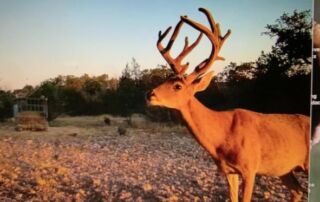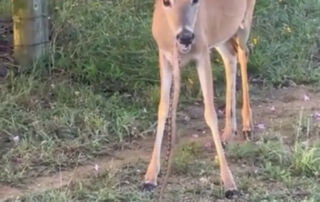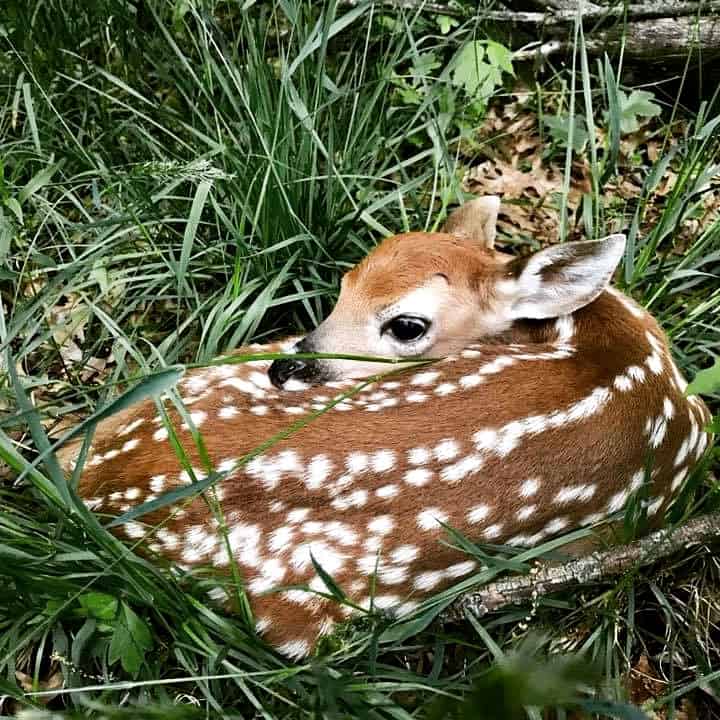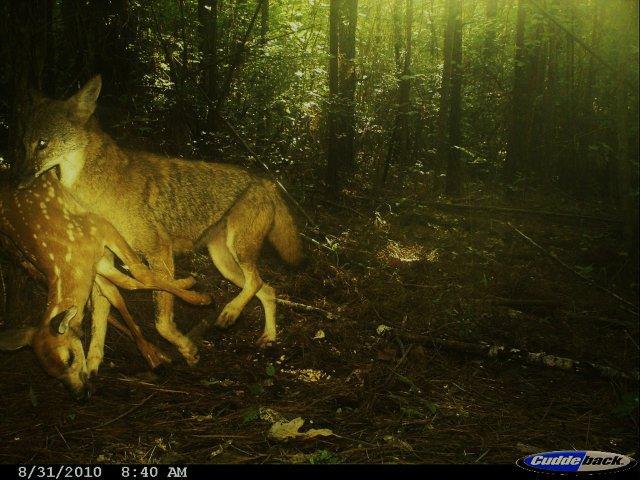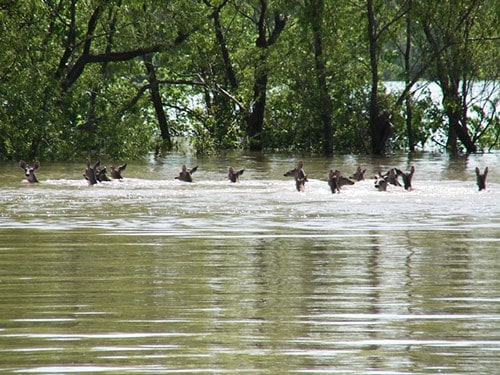Texas Unicorn Velvet Buck
My friend Wren from down in Texas sent me this photo and said, “Looks like we have another unicorn buck on the ranch!” Look close in the middle of the deer’s forehead and you’ll see it. You might ask, “Is possible a tine can grow out the middle of a buck’s forehead like that? How rare is it?” Yes, tines can grow in weird places. Mickey Hellickson, one of the top whitetail scientists in the world with a lot of experience in Texas, says: It is caused by trauma to the frontal bone. This entire region of the skull is capable of growing antler, and if an area of the frontal bone is injured (such as a tine puncture from another [...]

